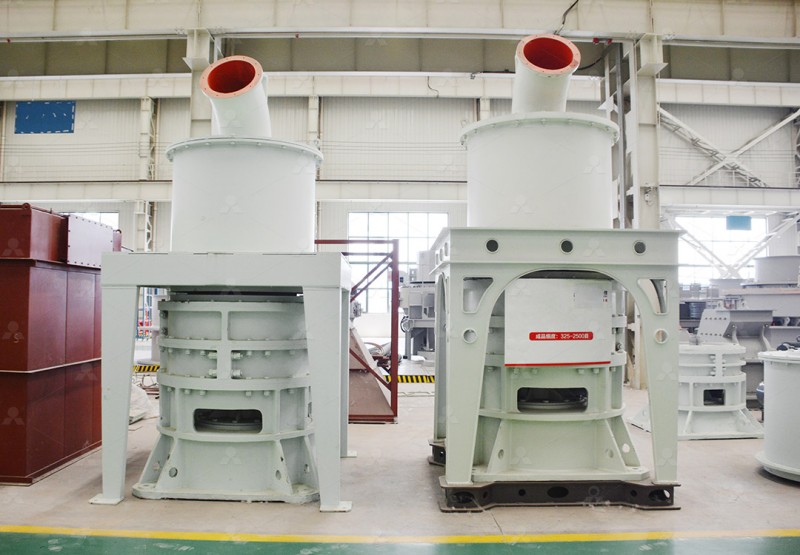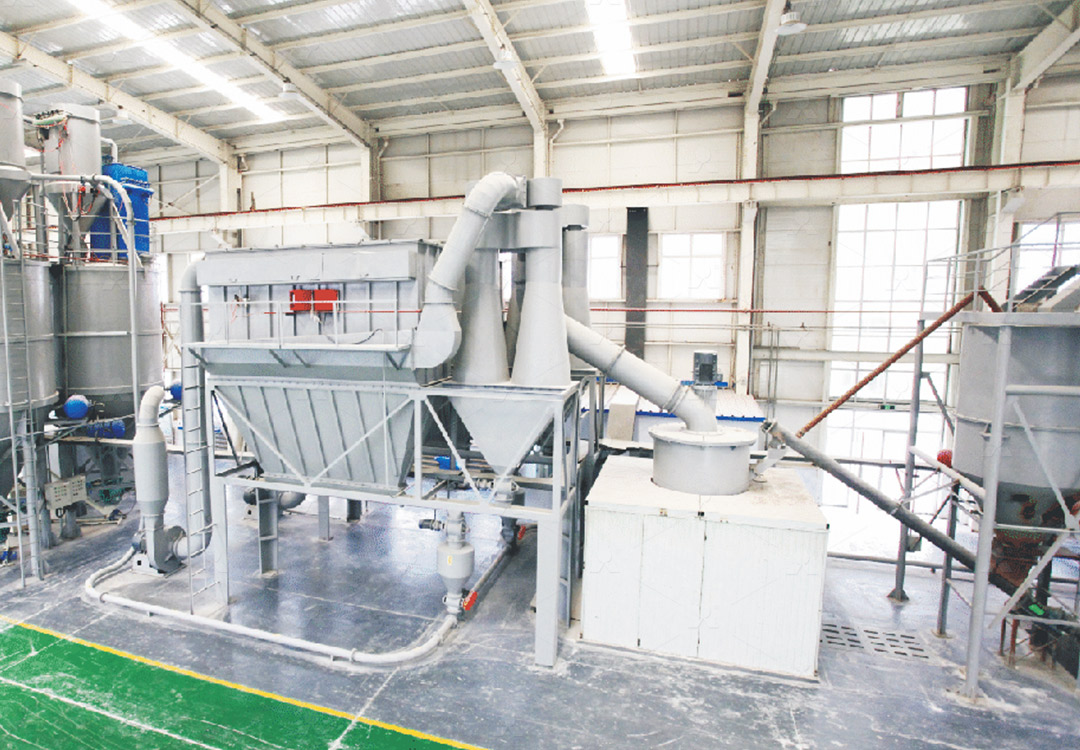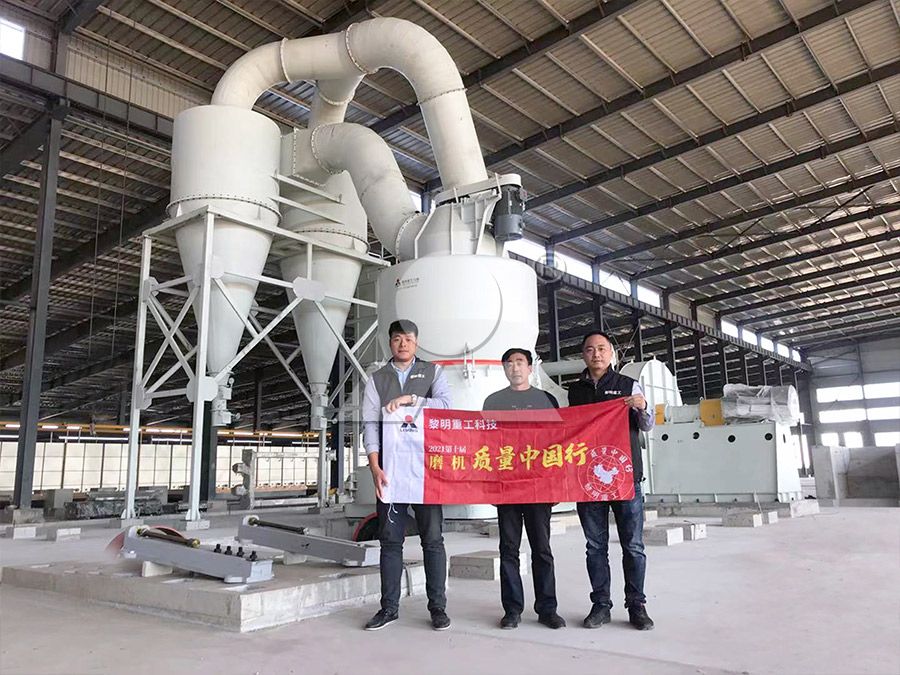Cost of Slag Stone Grinding Mill Equipment: A Comprehensive Analysis
Understanding the True Cost of Slag Stone Grinding Equipment
When evaluating slag stone grinding mill equipment, many operators focus solely on the initial purchase price. However, experienced industry professionals understand that the true cost encompasses much more – including energy consumption, maintenance requirements, operational efficiency, and environmental compliance. Making an informed decision requires careful consideration of both immediate and long-term financial implications.

The grinding of slag stone presents unique challenges that directly impact operational costs. Slag materials are typically abrasive and can vary significantly in hardness and moisture content. Equipment that isn’t specifically engineered for these conditions may experience accelerated wear, frequent breakdowns, and inconsistent output quality – all of which drive up the total cost of ownership.
Key Factors Influencing Grinding Mill Costs
Several critical factors determine the actual expense of operating slag stone grinding equipment. Energy consumption typically represents the largest ongoing cost, with inefficient mills consuming substantially more power to achieve the same output. Maintenance requirements and component lifespan directly affect downtime and replacement part expenses. Operational efficiency influences throughput and labor costs, while environmental compliance measures can introduce additional expenses if not integrated into the original design.
Another often-overlooked factor is the versatility of the equipment. Mills capable of processing multiple material types without significant reconfiguration provide greater operational flexibility and can adapt to changing market demands, ultimately delivering better long-term value.
Advanced Solutions for Cost-Effective Slag Processing
For operations prioritizing both performance and economy, the MW Ultrafine Grinding Mill represents a significant advancement in cost-effective slag processing. With an input size capacity of 0-20 mm and throughput ranging from 0.5 to 25 tph, this equipment is specifically engineered to handle the demanding requirements of slag stone grinding while minimizing operational expenses.

The MW series incorporates several innovative features that directly address cost concerns. Its newly designed grinding curves enhance efficiency, delivering production capacity 40% higher than jet grinding mills and double that of ball grinding mills, while reducing system energy consumption to just 30% of comparable jet mill systems. The adjustable fineness between 325-2500 meshes provides exceptional flexibility for different application requirements.
Perhaps most significantly for long-term cost management, the MW Ultrafine Grinding Mill eliminates rolling bearings and screws within the grinding chamber. This design innovation prevents common failure points and eliminates machine damage caused by loose screws, substantially reducing maintenance costs and unexpected downtime.
Environmental Compliance Without Compromise
Modern grinding operations must balance performance with environmental responsibility. Regulatory compliance costs can quickly escalate with equipment that requires additional pollution control systems. The MW Ultrafine Grinding Mill addresses this challenge through integrated environmental protection features, including an efficient pulse dust collector that prevents dust pollution throughout the entire milling system.
Additional noise reduction measures, including silencers and noise elimination rooms, ensure operations meet stringent environmental standards without requiring costly retrofits or modifications. This comprehensive approach to environmental management represents significant savings compared to mills that require additional equipment to achieve compliance.

Maximizing Return on Investment
The most cost-effective grinding solution isn’t necessarily the cheapest to purchase. Operations should consider the total cost of ownership over the equipment’s operational lifespan. Advanced mills like the MW series demonstrate how technological innovation can transform the cost structure of slag processing through higher efficiency, reduced maintenance, and integrated environmental controls.
By carefully evaluating all cost factors – from initial investment through ongoing operation and maintenance – operators can select equipment that delivers optimal value while meeting production requirements and environmental obligations.
Frequently Asked Questions
What is the typical energy consumption for modern slag grinding mills?
Advanced models like the MW Ultrafine Grinding Mill consume approximately 30% of the energy required by traditional jet grinding mills, representing significant operational cost savings.
How does equipment design affect maintenance costs?
Innovative designs that eliminate common failure points, such as the removal of rolling bearings and screws from the grinding chamber in the MW series, substantially reduce maintenance requirements and associated costs.
What environmental features help reduce compliance costs?
Integrated pulse dust collectors and noise reduction systems eliminate the need for additional pollution control equipment, reducing both initial investment and ongoing compliance expenses.
How important is production flexibility in cost management?
Equipment capable of processing multiple material types and adjusting fineness (such as the MW series’ 325-2500 mesh range) provides operational flexibility that can adapt to market changes, maximizing equipment utilization and return on investment.
